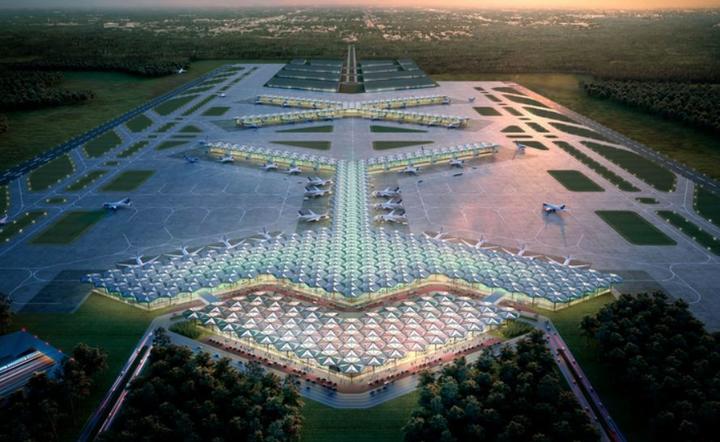French airport operator Vinci Airports is eyeing an investment in Poland’s Central Transport Hub (CPK), which will include a massive airport project.
According to reports, Vinci’s representative, Nicolas Notebaert, recently visited Poland several times to discuss the project. Vinci Airports is a private operator that manages 65 airports around the world and has seven more under construction in 12 countries. The company generates revenues of €2.7 billion and employs 17,000 people.
Vinci Airports has submitted an offer to invest in the CPK project, but details have not been released. The proceedings for selecting a strategic partner for the CPK airport are already at an advanced stage, and several potential investors from Europe and the Asia-Pacific region are on the shortlist. Incheon International Airport Corporation (IIAC), operator of Seoul’s airport and a strategic advisor to the CPK, has announced its readiness to become a minority investor in the airport part of the project.
According to Polish newspaper Puls Biznesu, the investment model of Vinci Airports, whose 2022 revenues of more than €60 billion came mainly from concessions, would involve investing money in the founding capital of a joint venture and providing financing. The company is willing to make a large financial investment in the Polish project while also helping it attract capital.
According to a Vinci Airports representative, building a hub in Poland that will serve the untapped part of Europe — the north and center — has great potential. Vinci Airports aims to build a competitive airport with all types of airlines that will attract tourists to Poland, serve the growing air traffic to and from the country, and become a driving force of the Polish economy.
The planned CPK is not just an airport – it is Poland’s new transport system, at the center of which there will be located a hub between Warsaw and Łódź. The project aims to integrate air, rail and road transport. The hub will be 37 kilometers west of Warsaw, within an area of approximately 40 square kilometers; in the first phase, it will have a capacity of 40 million passengers per year.






